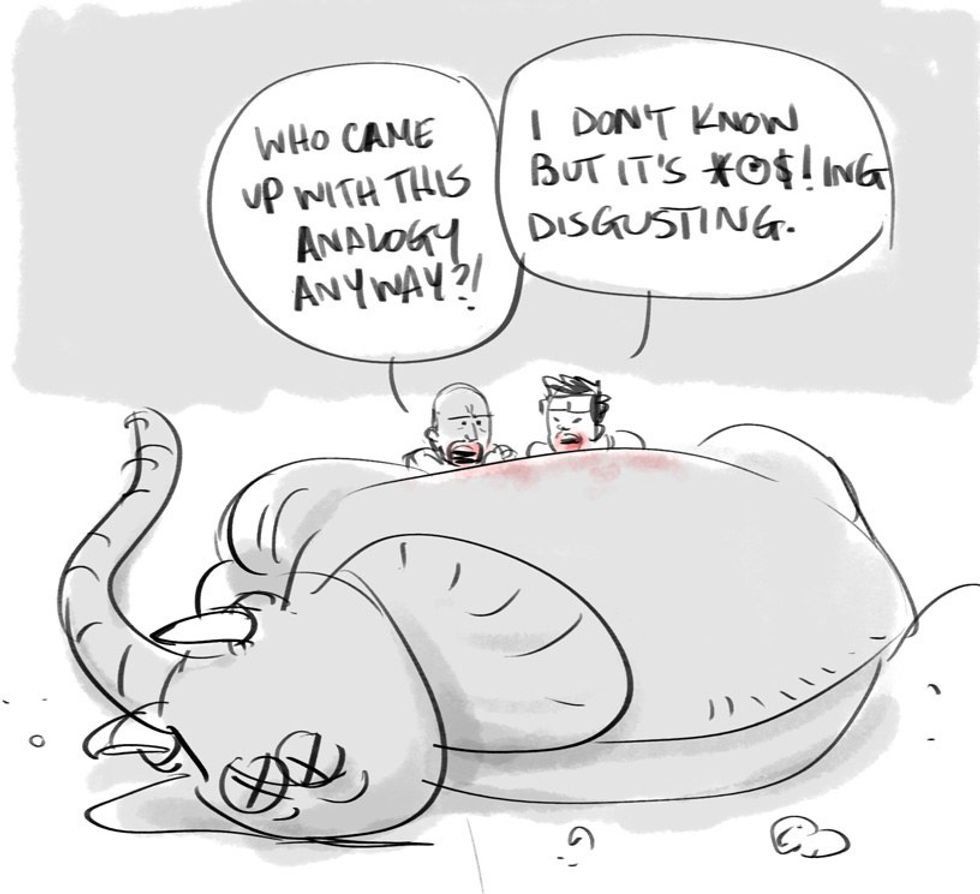Since youth, I have held a passion for writing that is unmatched by any other interest I have ever had. Also, since youth, I have been told that it could be nothing but a hobby — an extra way to spend my down time on my pursuit to my other, more important, “realistic life goals.” I was choosing a career that I was told was “practical” and was ridiculed when I changed my pre-med major to the “useless” communication major. I allowed societal pressures and the views of those around me to dictate the level of importance I placed on creativity.
My transition to mindfully living a creative life has just begun, after what I affectionately refer to as the “epiphany” that I had last year at this time — after three years of pursuing a college degree and, ultimately, a career that did not foster my creative mindset at all. In this short time, since actively accepting creativity as a crucial part of my daily life, I have been more “myself” than I have ever been. I am confident that I have a lot to offer the world through my creative mind and, in turn, it has shown to be a self -fulfilling prophecy in that regard. I have been recently allowing myself to freely foster ideas that have lead to various opportunities in the field of communication. My creativity has taken a backseat for years, and now that it is coming to a forefront I feel more in control — despite naysayers’ pessimistic views on the priority of creativity and influence in our lives — of my character and ability to deal with situations that occur and challenge me. I have used creativity, my chosen medium being written, to not only use as a therapy for my own wellbeing, but to effectively assess my emotions and thoughtfully portray them to others — whether that be during an interview, in my romantic relationship, or when planning a project with fellow students and group members of organizations, and the like.
My views have changed on where creativity happens due to recent reflections on its importance to me. I used to believe that it happens on a canvas or any other tangible means of “art.” Although creativity triggers the thought of art, which most definitely isn’t wrong, it has other implications that are often ignored. Creativity through mediums of art can have a major impact on people and communication, such as a billboard that strikes people’s attention toward an important topic in society, a movie that depicts a message, or even the subjective definition of art can certainly be bent as to deem inventions such as the telephone and other communication-related devices constructions of art. (After all, this was an original idea that blossomed to assist communication, did it not?) Not so literally, though, but equally as important, is the view that creativity as it relates to communication, to me, is simply the ability to use original ideas to adapt to the different problems that arise in daily life — whether they be internal or relational, personal or career-wise, and so forth. It is important because it is inescapable. Regardless of the professions we choose, or lives we choose to lead, interactions with other humans at least on a minor level are inevitable. Whether or not these interactions are meaningfully constructed depends on important factors such as creativity that allow us to create new ideas, as well as refine our intra and inter communication skills based on what we want to accomplish with these ideas, and act on these ideas to create some sort of end result.
Creativity is vastly underrated and looked down upon, which is disheartening. It is only until creativity is widely reaccepted and encouraged, as it once was during the Enlightenment and Renaissance, as a necessary incorporation of daily life, that a plethora of new and insightful ideas will come to the surface — ideas that will illicit change and progress on both a small and large scale. My hope for the future is that creativity will be encouraged rather than squandered in an increasingly systematic world in order to evoke the creative nature that everyone possesses — whether they know it yet or not.





 Photo by
Photo by  Photo by
Photo by 
 Photo by
Photo by 


















